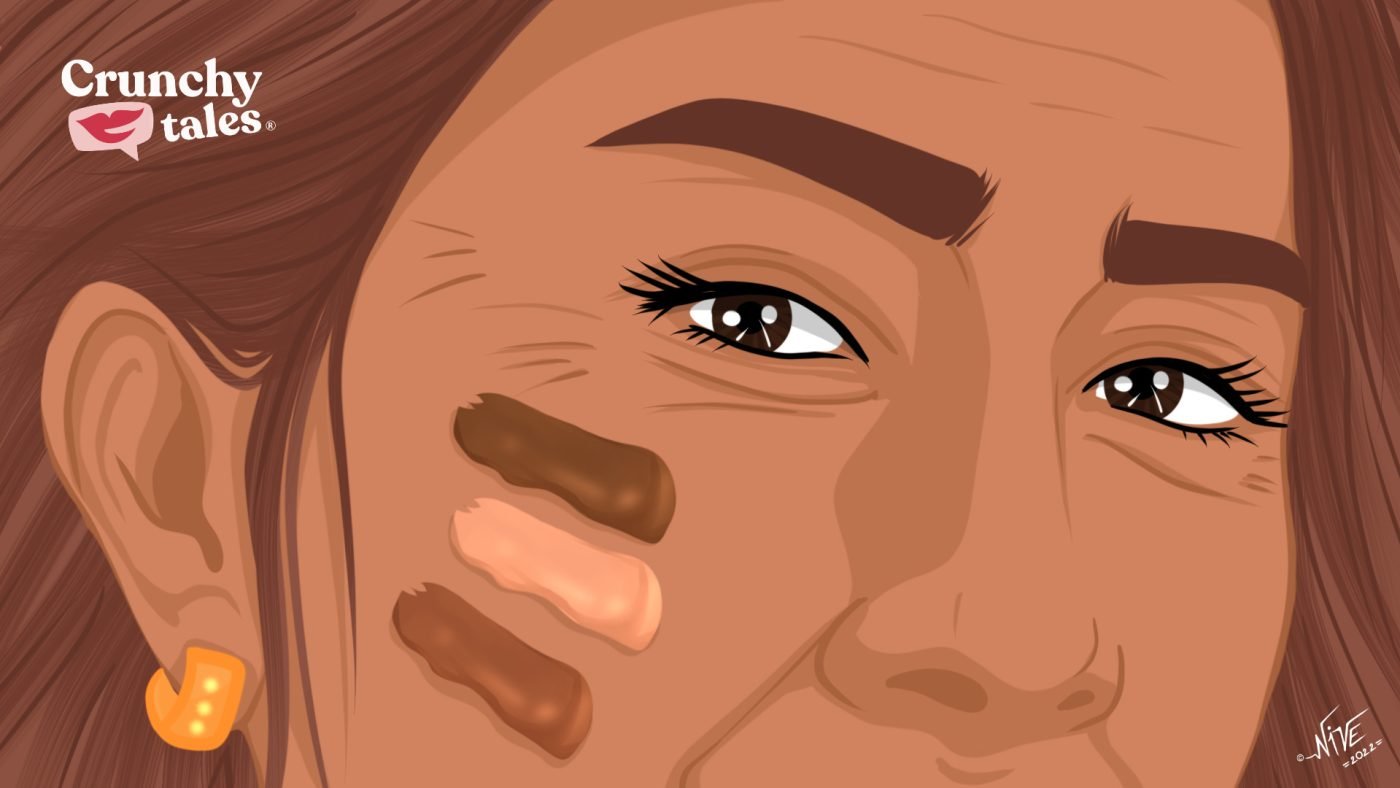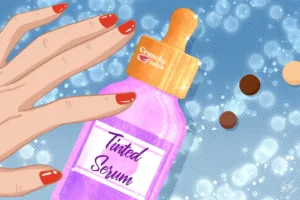What Women Over 50 Want From A Good Foundation
Just as our habits change over a lifetime, so should our foundation. However, when over 50, it’s not so easy to choose the right formula for us.
As we age, our skin becomes drier and thinner while also losing collagen and elasticity. That, combined with the long-term effects of gravity and sun exposure, causes sagging, fine lines, as well as hyperpigmentation.
No wonder why it’s hard to find a foundation that ticks all the boxes.
Beauty experts agree mature women should consider a formula that’s both pigmented for effective coverage and hydrating enough to melt into the skin. Even better, if it’s a blurring liquid foundation that minimizes the appearance of pores and fine lines, with active ingredients to counter some of the environmental causes of skin ageing.
“Look for an antioxidant formula to stimulate collagen formulation, help reduce the appearance of fine lines and wrinkles, and lighten discolouration and hyperpigmentation,” says board-certified cosmetic dermatologist Michele Green, MD. Choose.
Here are a few things to consider before buying your next foundation.
Finish
This ranges from matte to dewy to natural. Drier mature skin types may opt for a foundation with a dewy, glowy finish, while someone with oily skin might opt for something more mattifying. However, in both cases, it’s better to avoid full matte formulas as they tend to be thicker and packed with pigment that can eventually get cakey and settle into fine lines and wrinkles, causing them to look more pronounced.
Coverage
Less is more should be your new beauty mantra. Avoid full-coverage foundations as they are typically heavy and thick, which can exaggerate fine lines and wrinkles.
Beauty experts recommend starting sheer and building up the coverage a little at a time. This avoids cakey-ness and helps to create a skinlike finish.
According to makeup artist Tamah Krinsky: “No matter how you apply it, keep the product sheer and blend, blend, blend, making sure you get into the folds around the nose, under your eyes, and between the brows,” she recommends. “And always start small. A dime-size amount is usually more than enough for the whole face. You’re not trying to cover your face in makeup; you’re evening out your skin tone.”
Shades
This is something women over 50 often get wrong. The goal here isn’t to mask your skin entirely; it’s to find a shade that you only have to apply where needed and truly looks like you have nothing on.
As we age, our skin tone tends to look ashy, dull and lacklustre, so it needs to warm up to give off a more youthful visage. By choosing an illuminating foundation shade with yellow undertones, you can do that without making your skin look ashen.
Rachael Masih, Clarins Training Manager, also recommends watching out for oxidation when choosing a foundation colour. “Foundation reacts to the oils in your skin and its exposure to oxygen can make the foundation appear darker throughout the day – so allow for this before you buy,” she says.
Above all, don’t rush when choosing it. While it’s tempting to reach for a bottle that looks like the right shade, it’s important to always try before you buy. The best technique for finding your best shade is to first choose three that appear to be a good match, then swatch them (apply a short line) next to each other on your jawline, leaving a little skin between each.
“One of the most common mistakes is choosing a foundation that only matches your face. It should also blend seamlessly onto your neck too” says Clinique Accredited Consultant Catherine Balagot.
Prep and set
Last but not least, don’t forget to prep your skin properly: always moisturize it first and then apply a primer for a flawless finish. Also, steer clear from beauty sponges: “they soak up product and need to be replaced every 3-6 months –adds Rachael Masih – while a decent brush can be washed and reused for years to come“.
At the end of the day, the best foundation for your skin will always be the one that enhances your natural beauty, not disguises it.
Like this post? Support Us or Sign up to our newsletter to get more articles like this delivered straight to your inbox!





